Description
Day 1
Arrive at Ahmedabad airport and transfer by private car to your MG Heritage hotel. Ahmedabad is a major centre of traditional and contemporary textiles and many crafts thrive here. In the afternoon, visit the Calico Museum of Textiles, one of India’s leading specialized museums and if you are not too tired from your flight, go on a heritage walk of Ahmedabad in the evening, seeing Jain temples, mosques, fort, palace and other prominent buildings. Return to your hotel.
Day 2
Drive to Dasada. At Dasada, watch the Rabari tribal women at work on their embroideries and visit the village. Evening safari in Little Rann of Kutch. Check in for a 3 night stay at an eco-resort designed using local materials and handicrafts to resemble a village.
Day 3
Morning and evening safari at Little Rann of Kutch, an area well-known as the remaining habitat of the endangered Indian Wild Ass, a magnificent member of the horse family. Nilgai (blue bull), the largest antelope in India can also be seen during the safari drives. Indian wolves, foxes, jackal, hyena, cats and other smaller mammals also live in the sanctuary.
Day 4
Visit Patan, home to more than 100 Jain temples. Watch the Salvis at work on Patola, one of the richest silk textiles in the world and visit the 11th century monuments at the Sun Temple in Modhera. Return to Dasada for your last night at the eco-resort.
Day 5
Morning safari in Little Rann of Kutch before driving to Bhuj, the former capital of Kutch. Do some afternoon sightseeing before watching the sunset at the border, from your accommodation at the village resort owned by the indigenous people at Hodka village, where you stay for 3 nights.
Day 6
Drive to the Banni region, India’s largest grassland area. This is one of the important bird areas with a great concentration of waterfowl and eagles. Visit a village, home to several artisan communities where you can marvel at the beauty of many traditional handicrafts. Return to the village resort.
Day 7
Visit the Great Indian Bustard Sanctuary near Naliya. These grasslands are the habitat of the endangered Indian bustard and many other birds and there is a chance of seeing Indian wolves. Visit small villages to see more handicrafts and India Bridge at Karo Dungar, the last Indian village before the Pakistan border. Return to the village resort.
Day 8
Drive to Mandvi, a tie and dye centre on the coast and stay in an air conditioned tent at the Royal Resort by the private beach on the palace estate. Visit the dhow boat building yard to see the ocean-worthy vessels being hand built. Visit villages near Mandvi, known for their pituresque houses called bhungas before returning to your accommodation. Enjoy Mandvi beach in the evening.
Day 9
Drive to Jamnagar. In the evening, visit Khijadiya Bird Sanctuary which is a breeding ground for many species of birds that do not nest elsewhere in peninsular India. Return to your Hotel for a 2 night stay.
Day 10
Visit coastal areas along the Gulf of Kutch, one of the finest birding stretches along the Indian coastline. You are likely to see varieties of plover, oycestercatcher, sandpipers, gulls, terns, egrets and many more. Return to your hotel in Jamnagar.
Day 11
Drive to Gir and visit the Interpretation Zone, and the enclosed section of Gir habitats. Overnight stay at the luxurious Gir Resort.
Day 12 & 13
Morning and evening safaris in Gir Sanctuary, a tapestry of dry, deciduous forests, acacia scrub and grassland, fed by rivers and reservoirs and the last abode of the Asiatic lion. There are many mammals, including leopard, spotted deer, blue bull antelope, wild boar, Chousingha (world’s only 4 horned antelope), Indian gazelle and a large variety of bird species. 2 nights stay at the Asiatic Lion Lodge.
Day 14
Leave early in the morning for the drive to Velavador National Park, known for its large blackbuck antelope population. It is also home to wolves, jackal, jungle cat, Indian fox and many species of birds of prey / raptors. Overnight stay at the Blackbuck Lodge, near the west coast Gulf of Cambaynear the west coast Gulf of Cambay.
Day 15
Morning safari in Velavador National Park before driving to Ahmedabad via Lothal – a 4500 year old city which was discovered in 1954 – which used to be an important port on the Indian subcontinent during the Harappan era and is now an important archaeological site. The remainder of the day free for relaxing, shopping at the market or sightseeing. Overnight stay at the MG Heritage hotel.
Day 16
Tour ends – transfer to airport – return home or onward travel.




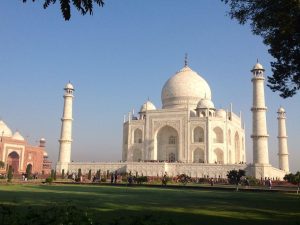
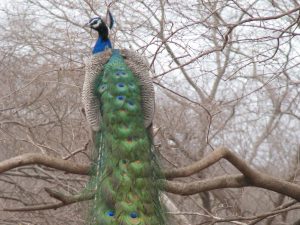
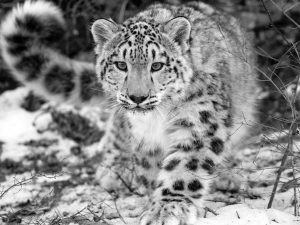
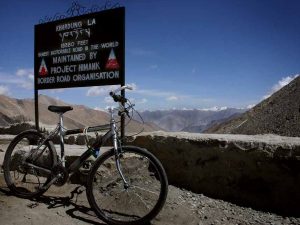
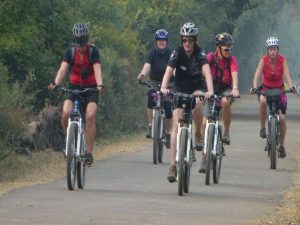
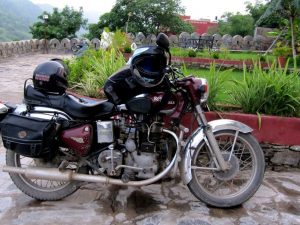
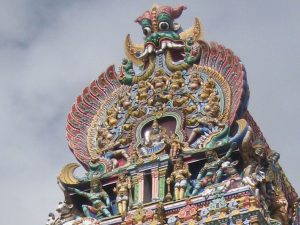
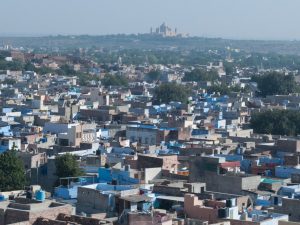
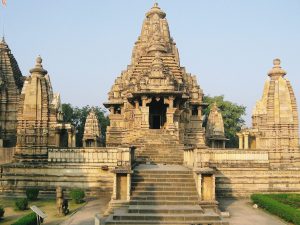
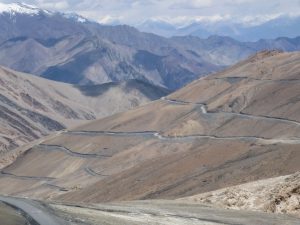
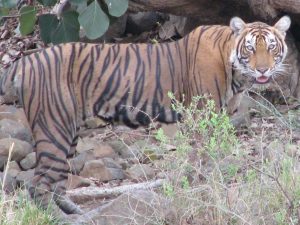
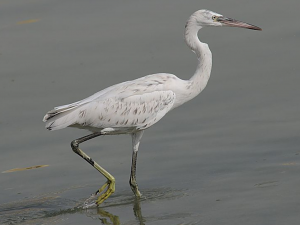
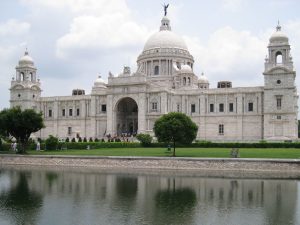
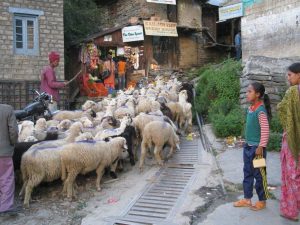
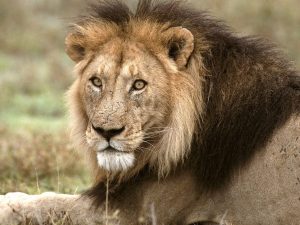
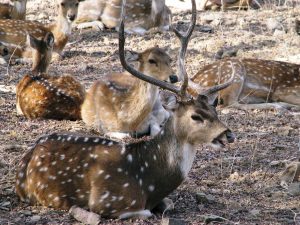
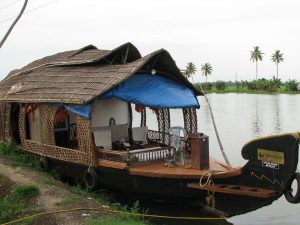
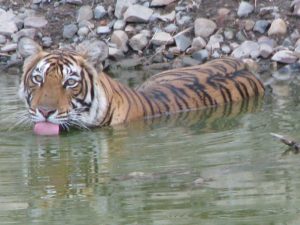
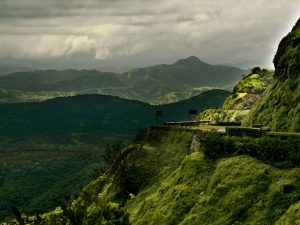
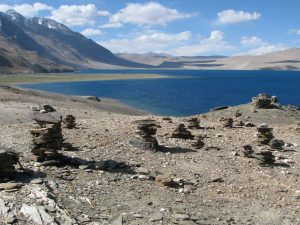
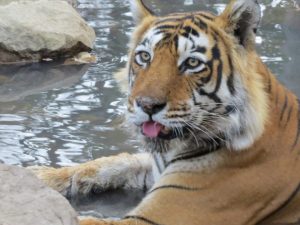
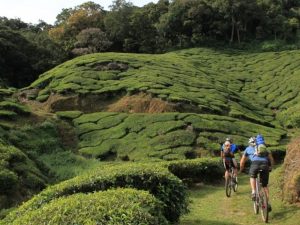
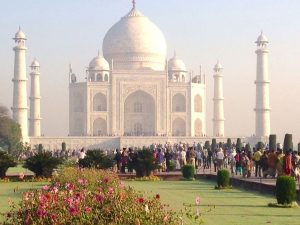
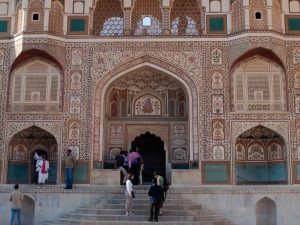

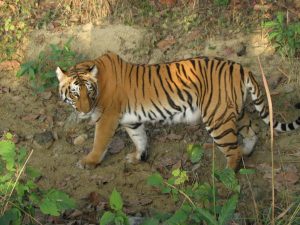
Reviews
There are no reviews yet.